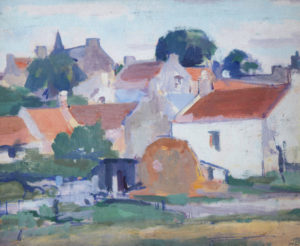
The Recording Scotland collection is a set of watercolours collected during World War II to permanently capture the landscapes and the “feeling” of the nation. Each piece of artwork was chosen because it captured an essential view of Scotland; with emphasis on the places most likely threatened by war and industrialization. This is part four of a series of blogs about different aspects of the Recording Scotland collection.
Numerous images from the Recording Scotland collection highlight the beautiful scenery of Fife. Whether it was due to the committee head, Sir James Irvine, being based at St Andrews or just simply the excess of lovely images, Fife was a focus for many artists then as it remains today.
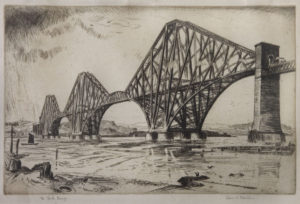
One of the great fears of the time was that German bombs would destroy the precious parts of Scotland. Early in October of 1939, German Luftwaffe flew up the River Forth to attack the battlecruiser HMS Hood. Bombers made successful hits on several naval vessels nearby while passengers looked on in horror from the train traveling over the bridge. Luckily, British aircraft were able to bring down several German planes at Port Seton and Crail, even capturing a pair of German prisoners of war after fishing them out of the water. The prisoners were taken and held at Edinburgh Castle. The raid also marked the first time that Spitfires battled in the skies. As a result of the Forth Bridge Raid, barrage balloons and early air raid sirens were introduced, creating a frightening but necessary soundtrack to the era.
Even the famous golf courses of St Andrews had to be altered to ensure that enemy forces could not land or come ashore on the long fairways. Poles, humps, and trenches were strategically placed around the courses to help protect the countryside. Some amused golfers consider the changes improvements to the course as it increased the challenge.
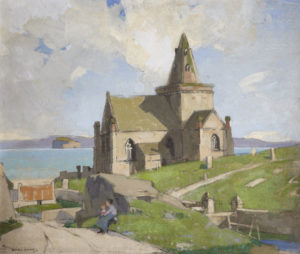
A year later a bombing raid also damaged university buildings and St Mary’s Quad. The University Museums collections hold pieces of the shrapnel which resulted from the damage. The threat to Fife was real, even as Polish soldiers took refuge in the community. The displaced army became a curious part of the St Andrews landscape as they enrolled in classes and sang on their way to church.
The fears of invasion and destruction preyed upon the minds of citizens, which influenced the Committee to find views of Scotland that preserved, inspired, and recalled those places worth protecting. Today, the work of capturing images has evolved to include the digital renderings of the very same landscapes.
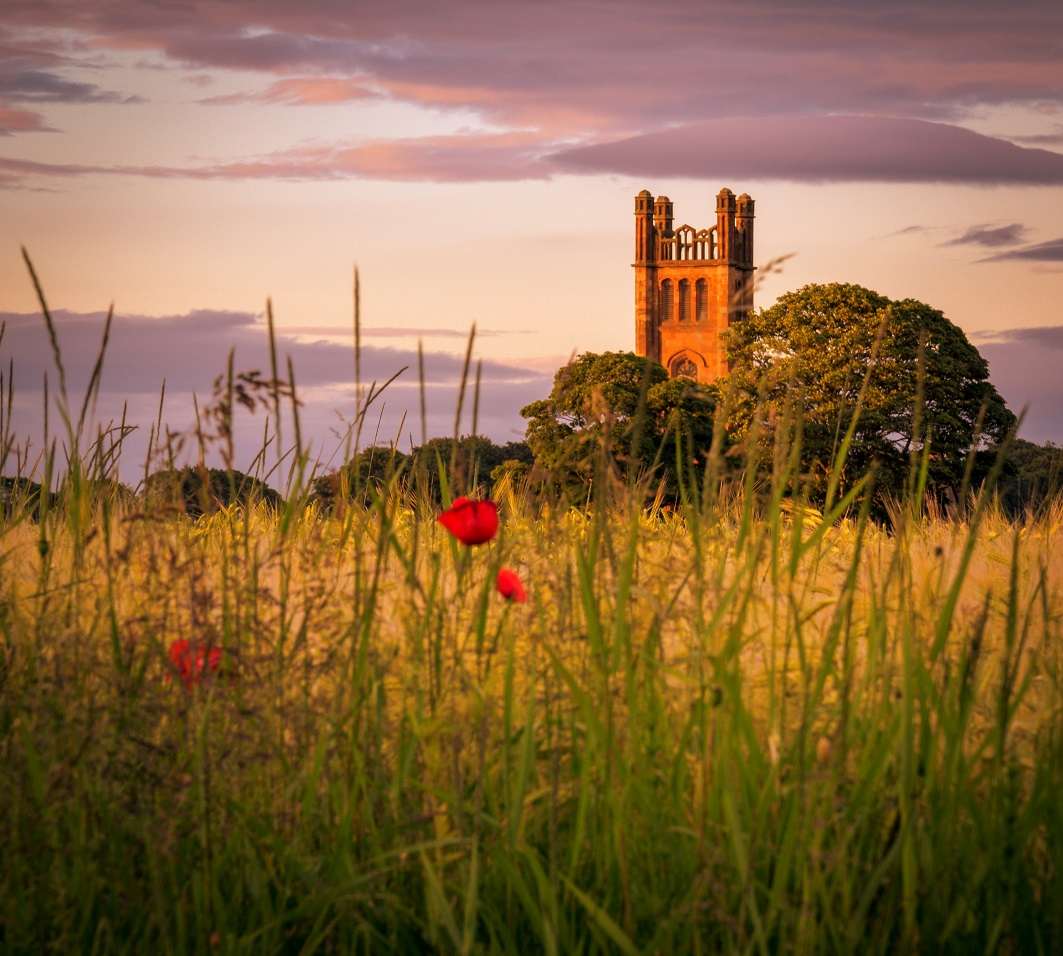

On Instagram, @WelcometoFife is the page curated and filled by photographer John Murray Jr. These beautiful images give us a modern-day insight into many of the the very same places that were shown in the Recording Scotland collection in the 1940s.
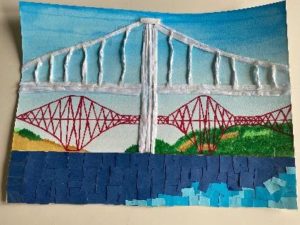
Recently we have been lucky enough to be invited to feature some artworks from a new generation of artists who have been recording Scotland! These young artists who participated in the University of Edinburgh’s summer workshop “Capturing Lives in Scotland’s Communities-An Arts Award Explore Online Project.” Students aged 11-18 worked with university museums staff to learn about different themes and media styles. The St Andrews University Museums helped during the landscape week with information about the Recording Scotland collection. While these pieces are not part of our museum collection, they give us a sneak peek at up and coming artists and we could not resist sharing their landscape artworks.
Here is the University of Edinburgh Museum’s Community Outreach Coordinator Laura Beattie’s explanation of the student art.
“During our week on landscape painting, we looked at many different landscape paintings and discussed the different techniques used to make them: some were abstract, like Karen Goode’s Untitled work from Duncan of Jordanstone’s College of Art and Design, which elicited many different responses. Some of us found it scary or threatening while others found it calming. We also looked at work which aimed to be more representational, like those in the University of St Andrews’ ‘Recording Scotland’ collection. We agreed that, given the context of the collection, it was important for the works to be at least somewhat realistic. Our young artists then went on to create their own landscape artworks inspired by the works we had looked at.”
Over the next few Recording Scotland blogs we will feature the art from four of the students who participated in the program. They have all captured views from their own lives and communities and represent a new generation of artists who are recording their Scotland.